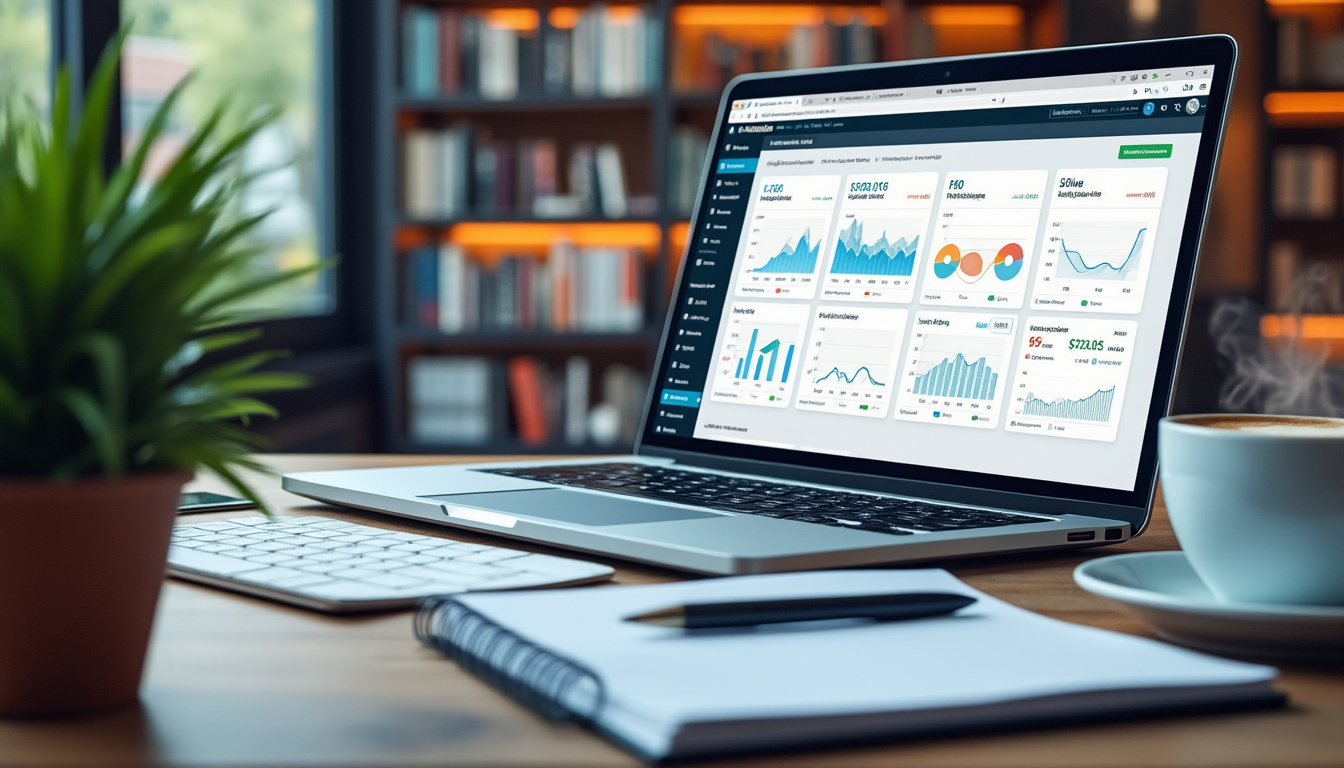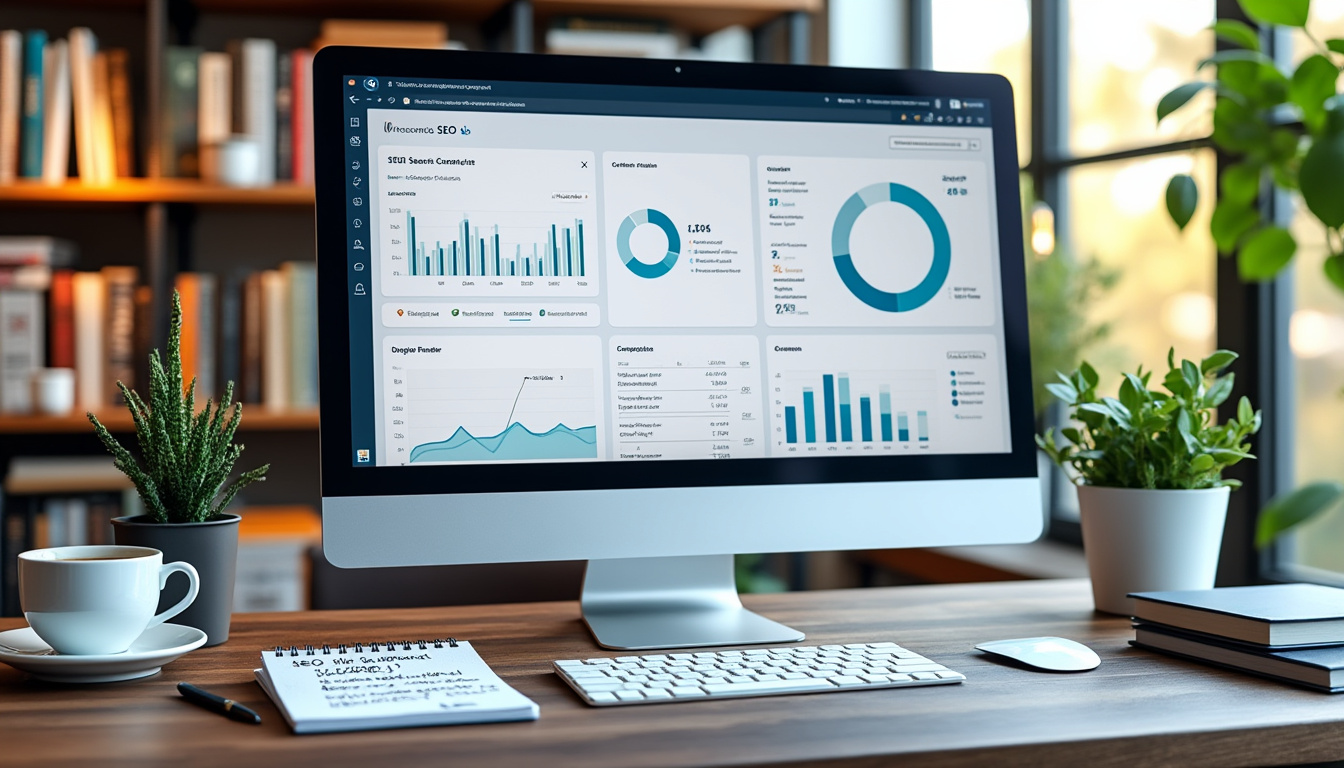Having a fast-loading website is essential in today’s digital landscape, where users expect immediate access to information. A sluggish site can deter visitors and affect your metrics, including bounce rates and conversion rates. The impact of page speed on WordPress SEO rankings is profound, as Google considers loading speed a significant ranking factor. This article delves into the intricate relationship between page speed and SEO ranking, highlighting strategies for optimizing your website to improve its performance and visibility.
Understanding the mechanics behind page speed is crucial for webmasters seeking to enhance their site’s SEO. Elements such as server response time, image optimization, and efficient code can either improve or impede loading times. Additionally, intuitive tools like Google PageSpeed Insights and Pingdom help assess and monitor your website’s performance. A thorough exploration of these aspects offers insights into how you can refine your website for both user experience and search engine favorability.
Understanding Page Speed and its Importance
Page speed refers to the time it takes for a webpage to fully render its content when a user requests it. In a world where the majority of visitors expect a page to load in under three seconds, maintaining optimal page speed becomes crucial. Websites that lag in loading times experience higher bounce rates. Users are likely to abandon a site if they face delays, leading to decreased user engagement and ultimately damaging your SEO rankings.
The Mechanics of Page Speed
To understand the importance of page speed in WordPress, let’s break down its primary components. Several factors contribute to the overall loading time of a web page, including server response time, image file sizes, and website caching strategies. Each of these elements plays a role in the speed at which a user can access and interact with your content.
Server Response Time is the duration it takes for your web server to respond to a user’s request. If the response time is lengthy, users may quickly lose patience.
Image Optimization is essential for reducing loading times. Large image files can significantly slow down a website. Utilizing appropriate formats like WebP and compressing images using plugins can enhance loading speeds while preserving quality.
Website Caching allows browsers to save a static version of your content, speeding up access for users during return visits. Caching solutions like W3 Total Cache and WP Rocket can help achieve this more efficiently.
Impact of Page Speed on SEO Rankings
Search engines, notably Google, prioritize fast-loading websites to further enhance user experience. The nature of user experience heavily influences SEO; slow sites tend to rank lower as search engines associate speed with quality. Furthermore, Google’s algorithm updates consistently focus on performance metrics, with a direct correlation between page load times and search rankings.
Correlation Between Page Speed and User Behavior
User behavior provides valuable insights into the importance of loading speed. Studies reveal that a more considerable number of users abandon websites with slow loading times. For instance, research indicates a 32% increase in bounce rates when a page load time rises from one to three seconds.
Furthermore, longer page load times can drastically decrease conversion rates. A one-second delay can lead to a decrease in conversions by nearly 7%. This statistic reflects how crucial a swift load time is to keeping users engaged and encouraging them to take the desired action on your website.
Ultimately, influencing user behavior through improved page speed can lead to better rankings. A website that retains visitors, offers seamless experiences, and encourages conversions is one that search engines reward with higher visibility.
Tools for Measuring Page Speed
GTmetrix,
, and Google PageSpeed Insights stand out for their efficiency in analyzing page speed. Each tool provides distinct metrics that help assess the performance of your site and offers actionable insights for improvements.
Google PageSpeed Insights Explained
Google PageSpeed Insights provides detailed scores concerning your website’s performance, covering essential metrics such as First Contentful Paint (FCP), Largest Contentful Paint (LCP), and Cumulative Layout Shift (CLS). These metrics evaluate loading speed, user engagement timelines, and visual stability, respectively. A page with good scores on these metrics is more likely to rank favorably on Google. Additionally, the insights generated help identify specific areas needing optimization.
Continuous Monitoring and Performance Analysis
Strategies to Enhance Page Speed on WordPress
Optimizing Images and Files
WP Smush can help compress images without degrading quality. Furthermore, by adopting modern image formats like WebP, sites can provide high-quality visuals while reducing file sizes. The same principles apply to other files on your website—minimizing the size of CSS and JavaScript files ensures quicker loading times.
Effective Caching and Content Delivery Networks (CDNs)
W3 Total Cache and
WP Rocket
can yield significant benefits. Furthermore, leveraging CDNs like Cloudflare enhances your website’s loading speed by distributing content across multiple servers worldwide, thereby reducing the distance data must travel to reach users.









